Kumbh Mela 2025: A Game-Changer for Tourism & Hospitality, Fueling Unprecedented Growth!
The Kumbh Mela 2025 emerged as a historic event, drawing an astonishing 60+ crore visitors and generating massive economic gains. This grand spectacle not only strengthened spiritual tourism but also provided an unprecedented boostto the hospitality, aviation, and local businesses, making it a game-changer for India’s tourism and economy.
Table of Contents
Introduction
The Kumbh Mela 2025 in Prayagraj, Uttar Pradesh, is set to be one of the largest religious gatherings in the world, attracting an estimated 63 crore visitors over 45 days. This historic event, held at the confluence of the Ganges, Yamuna, and mythical Saraswati rivers, is a significant pilgrimage for Hindus, offering devotees the opportunity to take holy dips (snans) believed to cleanse sins and grant spiritual liberation. While the Mahakumbh is a celebration of faith and culture, it has also witnessed unfortunate incidents in the past, such as stampedes and accidents, highlighting the need for robust crowd management and safety measures.
Beyond its spiritual significance, the Mahakumbh has a profound economic impact. The influx of millions of pilgrims and tourists stimulates local businesses, including hospitality, transportation, and retail sectors. Temporary infrastructure development, such as roads, bridges, and sanitation facilities, also creates employment opportunities. The event serves as a catalyst for long-term economic growth in the region, boosting Prayagraj’s prominence as a cultural and religious hub. As preparations for Kumbh Mela 2025 intensify, the focus remains on balancing spiritual traditions with sustainable development and safety to ensure a successful and impactful event.
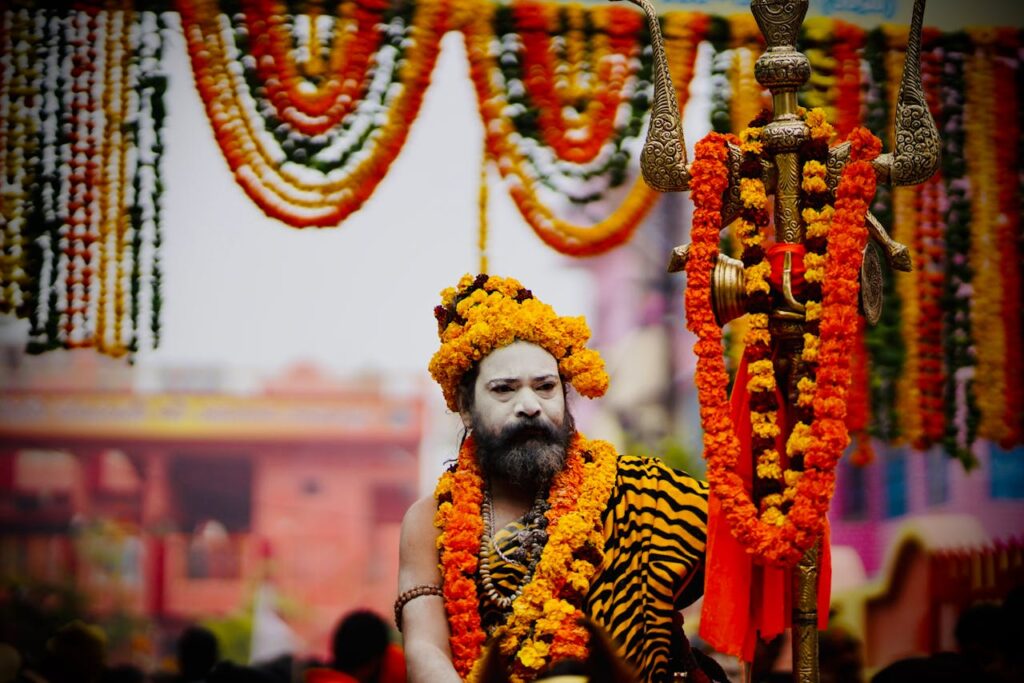
The Economic Impact of Kumbh Mela 2025
Massive Revenue Generation:
The Kumbh Mela 2025 emerged as an economic powerhouse, generating an estimated total business worth ₹3 lakh crore across multiple sectors. This represents an exceptional return on investment, as the government’s initial investment of ₹7,500 crore yielded an impressive 40-fold return. The strategic infrastructure development, marketing initiatives, and comprehensive event management paid substantial dividends to the public exchequer.
Government revenues from the event reached at least ₹25,000 crore through various streams including taxes from hospitality services, transportation, retail, and other commercial activities. This financial success demonstrates how effectively managed cultural and religious tourism can transform into significant economic drivers while preserving traditional values and spiritual significance.

Boost to Various Sectors:
Tourism & Hospitality – The Kumbh Mela 2025 significantly boosted tourism and hospitality, with hotels and related services generating ₹10,000 crore in revenue. The event attracted millions of spiritual tourists, leading to a surge in demand for accommodations, food, and transportation. Kumbh Mela, Prayagraj experienced a sustained increase in spiritual tourism, as pilgrims and visitors continued to explore its religious and cultural heritage. This economic uplift highlighted the event’s role in transforming the region into a key tourism destination.
Transport Industry – The Kumbh Mela 2025 saw a massive surge in transport demand. Rail bookings increased 19-fold, while cab bookings skyrocketed. Airlines experienced high demand, leading to fare hikes. However, the event highlighted the need for better coordination among transport providers to manage the unprecedented influx of visitors. Improved planning and infrastructure will be crucial for handling future large-scale events efficiently and ensuring smoother travel experiences for pilgrims and tourists.
Retail & FMCG – The retail and FMCG sectors thrived during Kumbh Mela 2025. Religious items like rice, coconuts, and incense sticks generated ₹3,000 crore in sales, while flowers contributed ₹800 crore. Groceries (flour, sugar, tea, masalas) saw ₹8,000 crore in business, and FMCG products like biscuits and packaged water added ₹11 crore. Dairy products and vegetables also saw significant sales, totaling ₹8,000 crore and ₹2,000 crore, respectively.
Local Economy & Small Businesses – The Kumbh Mela 2025 provided a substantial boost to the local economy. Vendors, rickshaw pullers, and small businesses reaped significant benefits, with local transport services earning an estimated ₹1 crore daily. The event created a ripple effect, empowering small entrepreneurs and informal sectors, and underscored the importance of such gatherings in driving economic growth at the grassroots level.
Employment & Infrastructure Growth
The Kumbh Mela 2025 not only attracted millions of visitors but also created massive employment opportunities across various sectors. From hospitality and tourism to transportation, retail, and local vendors, the event served as a major economic catalyst for Prayagraj and nearby regions. Temporary and permanent job opportunities surged, benefiting local businesses, artisans, and service providers.
The large-scale influx of pilgrims and tourists led to significant infrastructure development in and around Prayagraj, with improved roads, bridges, sanitation facilities, and transportation networks. The government’s investment in urban development—amounting to thousands of crores—enhanced the city’s long-term growth, making it more accessible and livable beyond the event.
The economic benefits weren’t confined to Prayagraj alone. Nearby cities like Ayodhya, Varanasi, and Lucknow experienced a spillover effect, witnessing increased tourism and business activity. Hotels, restaurants, and local markets in these cities saw record-breaking footfalls, further fueling regional economic expansion.
With an estimated ₹3 lakh crore business impact, the Kumbh Mela 2025 demonstrated how a religious event can serve as a powerful economic engine, fostering employment, infrastructure, and long-term development, leaving behind a lasting legacy that will continue to drive growth for years to come.
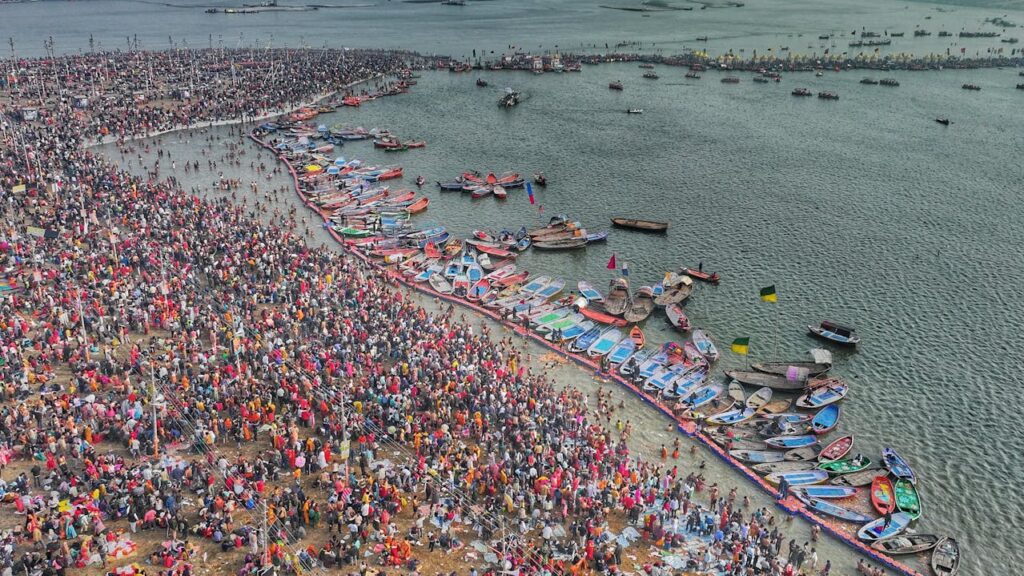
Spiritual Tourism Surge in India
The remarkable success of Kumbh Mela 2025 has amplified an already booming religious tourism sector across India. Ayodhya emerged as the nation’s new tourism powerhouse, welcoming an unprecedented 16 crore visitors in 2024, decisively surpassing the Taj Mahal as India’s most visited destination. This dramatic surge followed the consecration of the Ram Mandir, transforming the once-sleepy town into a global pilgrimage hub with modern infrastructure and hospitality facilities.
Similarly, Mathura witnessed a tremendous influx of 9 crore visitors, drawn by its significance as Lord Krishna’s birthplace and enhanced by substantial infrastructure investments. Varanasi continued its upward trajectory with 10 crore visitors, benefiting from improved ghats, enhanced cultural experiences, and better connectivity. The Pandharpur Wari in Maharashtra experienced 10x growth compared to pre-pandemic levels, demonstrating religious tourism’s resilience and expansion beyond traditional hotspots.
The post-Mahakumbh period has seen sustained interest in religious travel across India, with domestic tourists increasingly incorporating multiple sacred sites into extended spiritual journeys. International tourists, particularly from Southeast Asia, Japan, and Western countries with significant Hindu diaspora populations, have shown growing interest in these religious destinations. Tourism boards have responded by developing multilingual guides, specialized tours, and culturally sensitive accommodations to cater to this diverse visitor base, positioning India as the global epicenter for spiritual tourism experiences.
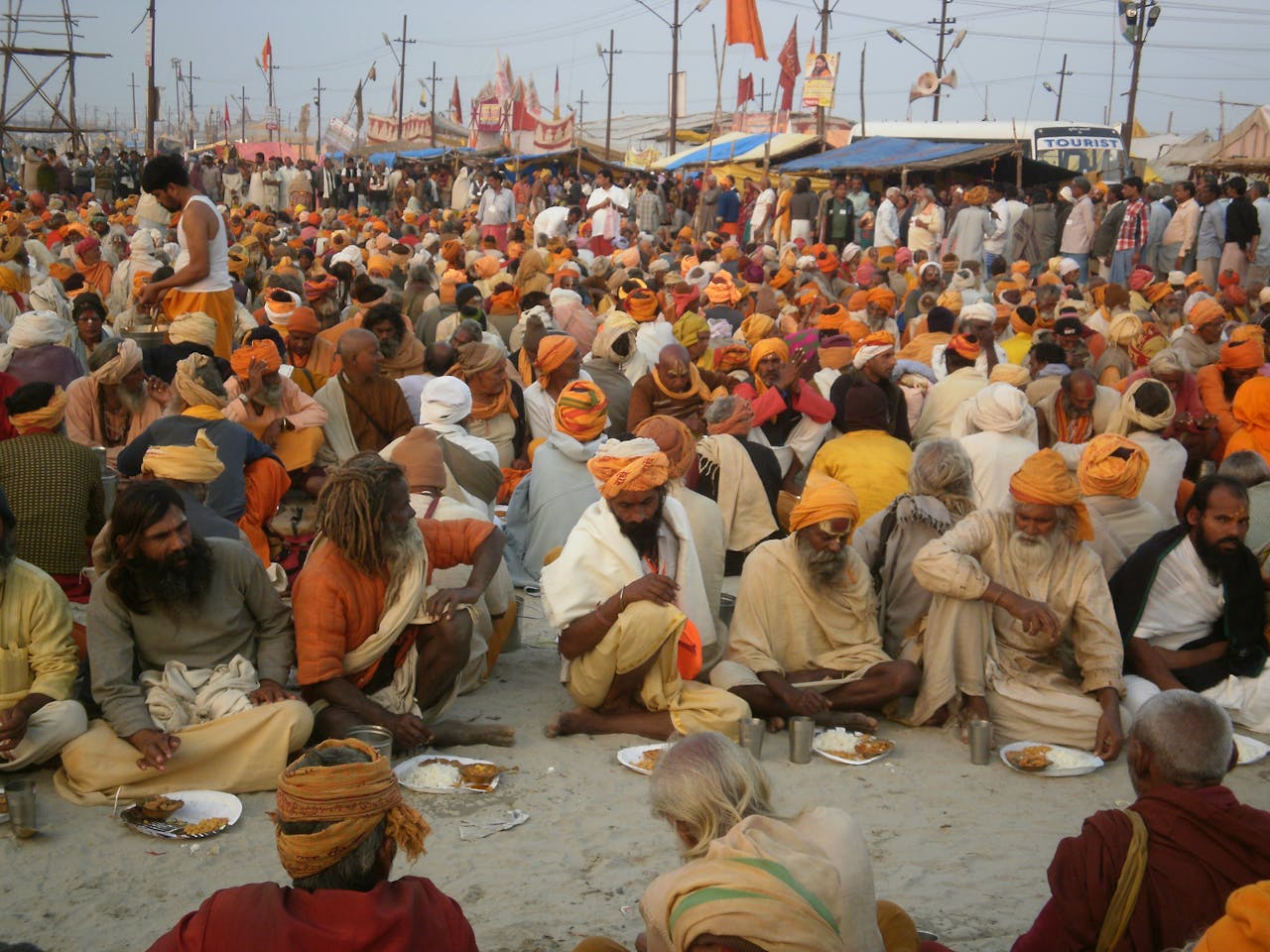
Historical Growth of Mahakumbh’s Economic Impact
The Kumbh Mela has grown exponentially over the years, evolving from a spiritual gathering into a massive economic force that significantly contributes to India’s GDP.
- 2013 Kumbh Mela witnessed 8-10 crore visitors, generating ₹12,000 crore in revenue, contributing 0.22% to India’s GDP. While impactful, it was only the beginning of what would become a monumental economic event.
- 2019 Ardh Kumbh Mela saw a dramatic rise, with 23-24 crore visitors, generating ₹1.2 lakh crore in revenue—a tenfold increase compared to 2013. Its economic contribution jumped to 0.63% of GDP, reflecting the growing scale of religious tourism.
- 2025 Kumbh Mela shattered all previous records, drawing 63 crore visitors—the highest ever. With a staggering ₹3 lakh crore in revenue, its economic contribution surged to 1.39% of India’s GDP, proving its unparalleled impact on tourism, trade, and infrastructure.
This exponential growth highlights the Mahakumbh’s rising significance not just as a religious event but as a major economic driver, boosting employment, infrastructure, and business expansion while solidifying India’s position as a hub for spiritual tourism.
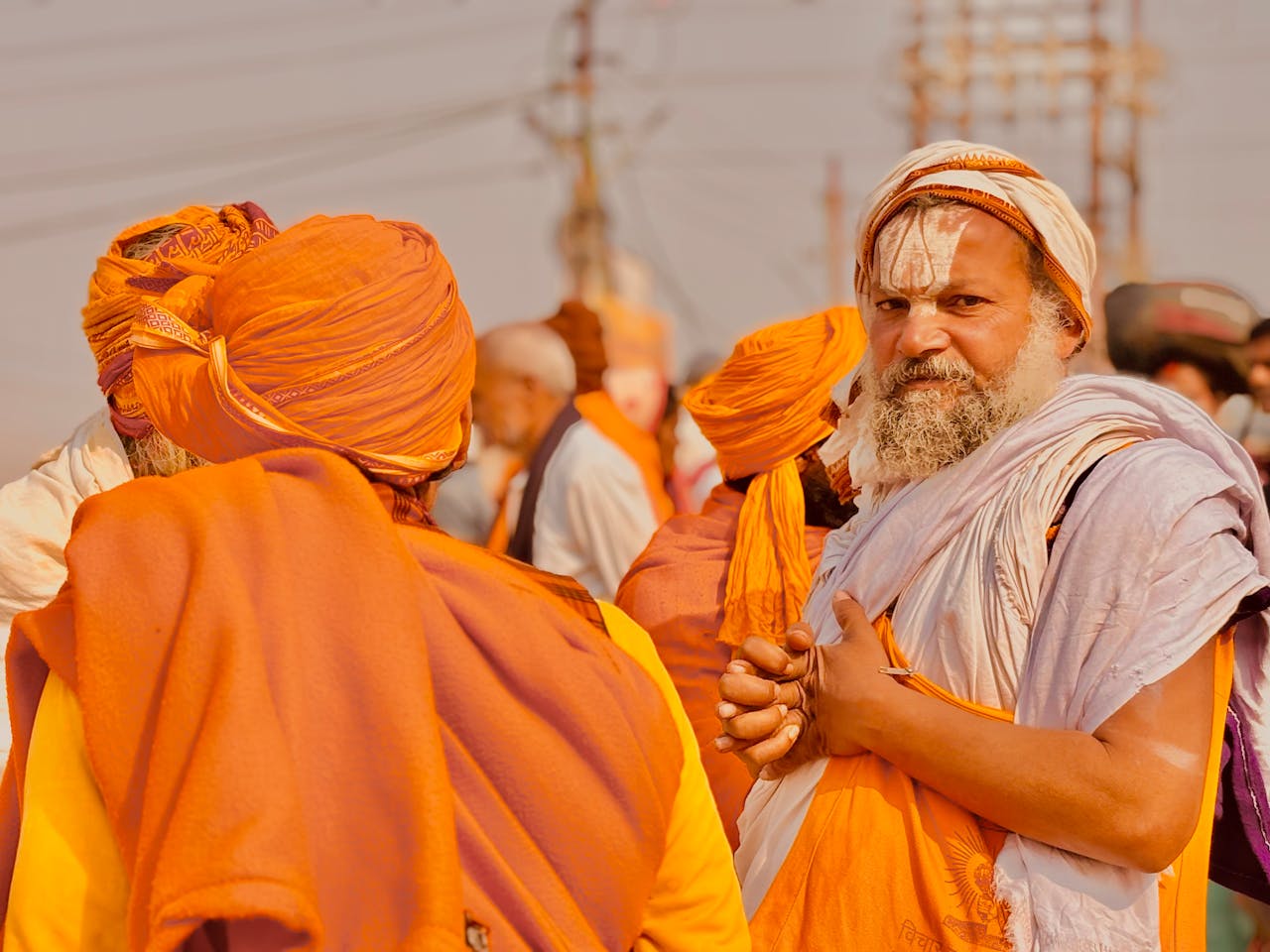
Logistical Challenges & Government Coordination
The Kumbh Mela 2025 demanded unprecedented coordination across multiple government agencies to manage the massive influx of visitors. The Directorate General of Civil Aviation (DGCA) approved 81 additional flights to Prayagraj and nearby airports, with special terminals established to process the surge in passengers. Major carriers increased capacity by 200% during peak periods, yet still operated at nearly 100% occupancy, highlighting the intense demand.
On the ground, state transport departments deployed 14,000 extra buses, creating temporary terminals at strategic locations around Prayagraj. These buses operated around the clock on newly designated routes, connecting the Kumbh site with regional transportation hubs. Indian Railways played a crucial role by arranging 13,000 additional trains and implementing a specialized Kumbh schedule that increased passenger capacity by 40% across the northern railway network. Special Kumbh Express trains connected major cities directly to Prayagraj, eliminating the need for transfers.
While the overall transportation management was successful, challenges emerged in last-mile connectivity and real-time communication between agencies. The event revealed the need for an integrated transportation command center for future mega-events, with unified ticketing systems and better coordination between air, rail, and road services. Officials have identified these gaps as key focus areas for upcoming religious gatherings, with plans to develop a standardized coordination framework that can be implemented across various pilgrimage sites.
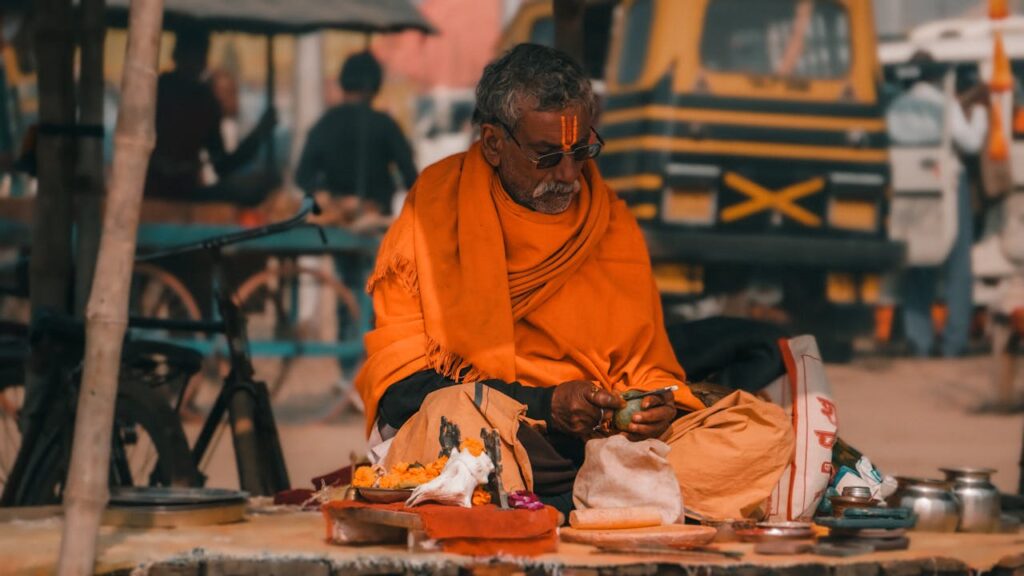
Conclusion: Long-Term Impact of Kumbh Mela 2025
The Kumbh Mela 2025 in Prayagraj has left a lasting legacy, significantly reviving spiritual tourism in India. By attracting 63 crore visitors, the event not only reinforced the cultural and religious significance of the Kumbh Mela but also showcased India’s ability to host large-scale gatherings. The economic impact was profound, with trade, commerce, and local economies experiencing unprecedented growth. Sectors like hospitality, retail, FMCG, and transportation reaped immense benefits, while small businesses and vendors saw a substantial rise in income.
The success of Kumbh Mela 2025 has set a benchmark for organizing future religious events, emphasizing the importance of infrastructure development, crowd management, and sustainability. The event also highlighted the potential of spiritual tourism as a key driver of economic growth, particularly in regions with rich cultural heritage.
Looking ahead, the momentum generated by Kumbh Mela 2025 is expected to continue, with spiritual tourism poised for steady growth in the coming years. The event has not only strengthened India’s position as a global spiritual hub but also demonstrated how tradition and modernity can coexist to create a transformative impact on society and the economy. The lessons learned from this mega gathering will undoubtedly shape the planning and execution of future events, ensuring their success and sustainability.
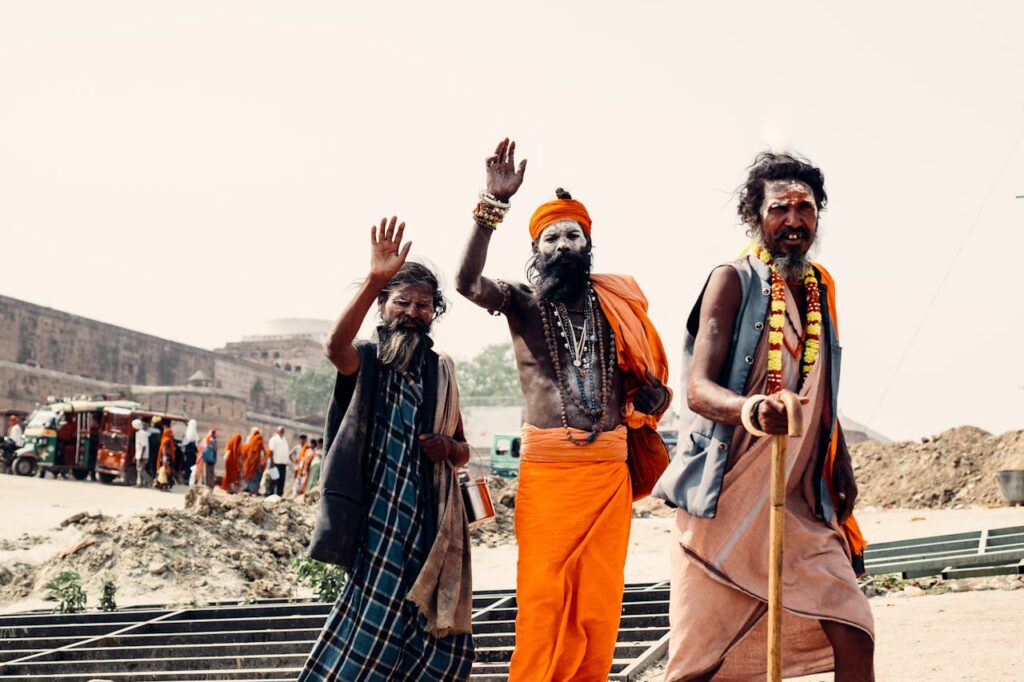
Closing Remarks
The Kumbh Mela 2025 was more than just a religious gathering—it was a spectacular fusion of faith, culture, and economic opportunity. With a record-breaking 63 crore visitors and an economic impact of ₹3 lakh crore, this historic event showcased the power of spiritual tourism in driving business, employment, and infrastructure development.
Beyond its religious significance, Kumbh Mela 2025 provided valuable lessons in large-scale event management, business expansion, and economic planning. From small vendors to luxury hotels, transportation services to digital platforms, every sector benefited from the influx of pilgrims and tourists. The event not only strengthened local economies but also reinforced India’s position as a global leader in spiritual tourism.
As we reflect on this extraordinary gathering, one thing is clear—the legacy of Mahakumbh will continue to inspire future events, businesses, and economies. Whether through tourism, trade, or cultural preservation, its impact will be felt for years to come.
We hope this deep dive into Kumbh Mela 2025’s economic impact highlights the incredible opportunities it created across tourism, hospitality, and business. From record-breaking footfall to unprecedented revenue generation, this grand event has set new benchmarks. As India’s spiritual tourism sector continues to soar, its ripple effects will be felt for years to come!
If you found this analysis insightful, don’t forget to like and share for more updates on business, tourism, and economic trends shaping India’s future!
We’d love to hear from you! How do you think Kumbh Mela 2025 has shaped India’s tourism and economy? Share your thoughts in the comments below!

Explore More Tips and Guides
If you’re looking for more hospitality & travel inspiration, check out our other posts:
Related posts:
- Kumbh Mela 2025: The Ultimate Packing Guide for an Enlightening and Life-Changing Pilgrimage
- How Many Days Until Valentine’s Day? Unmissable Hospitality Trends That Are Redefining Romance!
- Kingda Ka’s Thrilling 19-Year Legacy: How Its Demolition Paves the Way for Six Flags’ Exciting Future!
- Valentine’s Day 2025 for Singles: Unforgettable Dining, Mingling & Solo Celebrations in Style!







